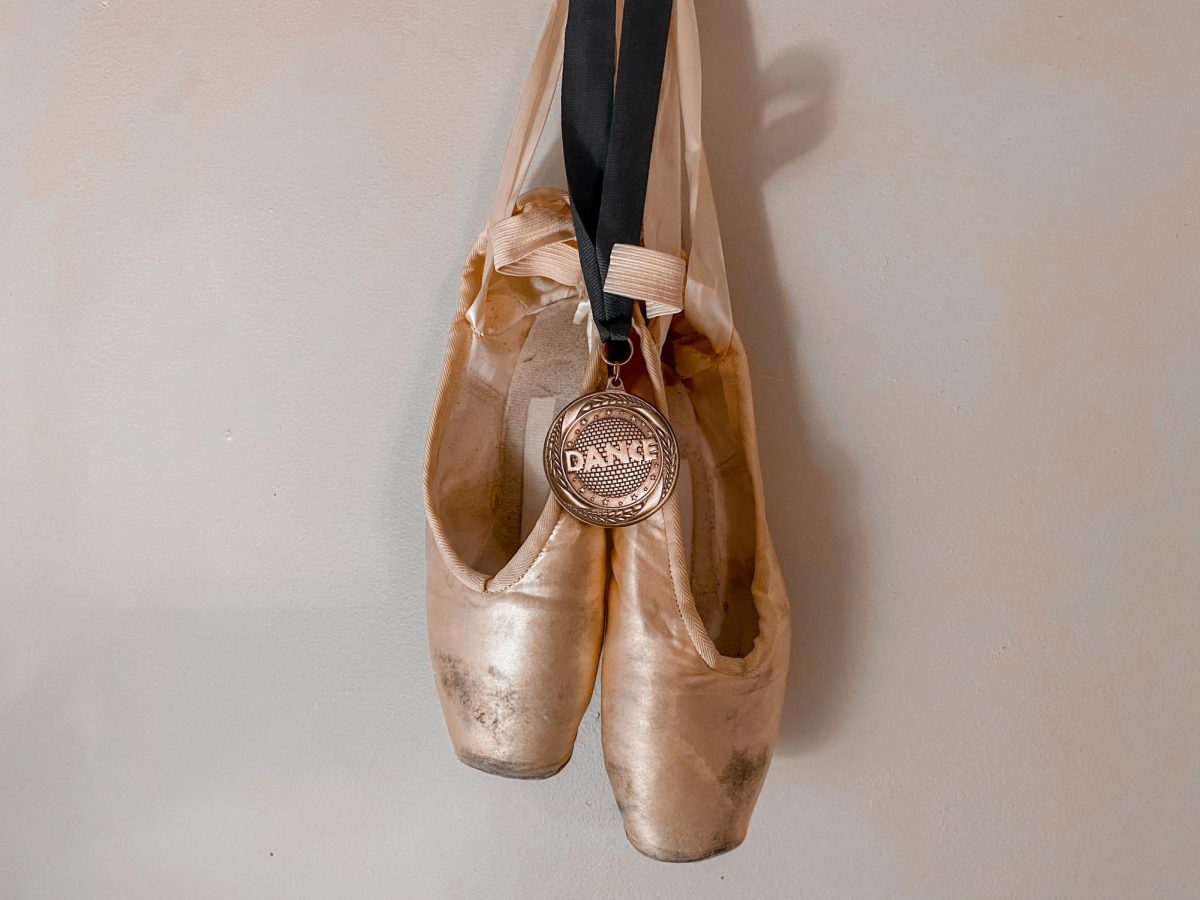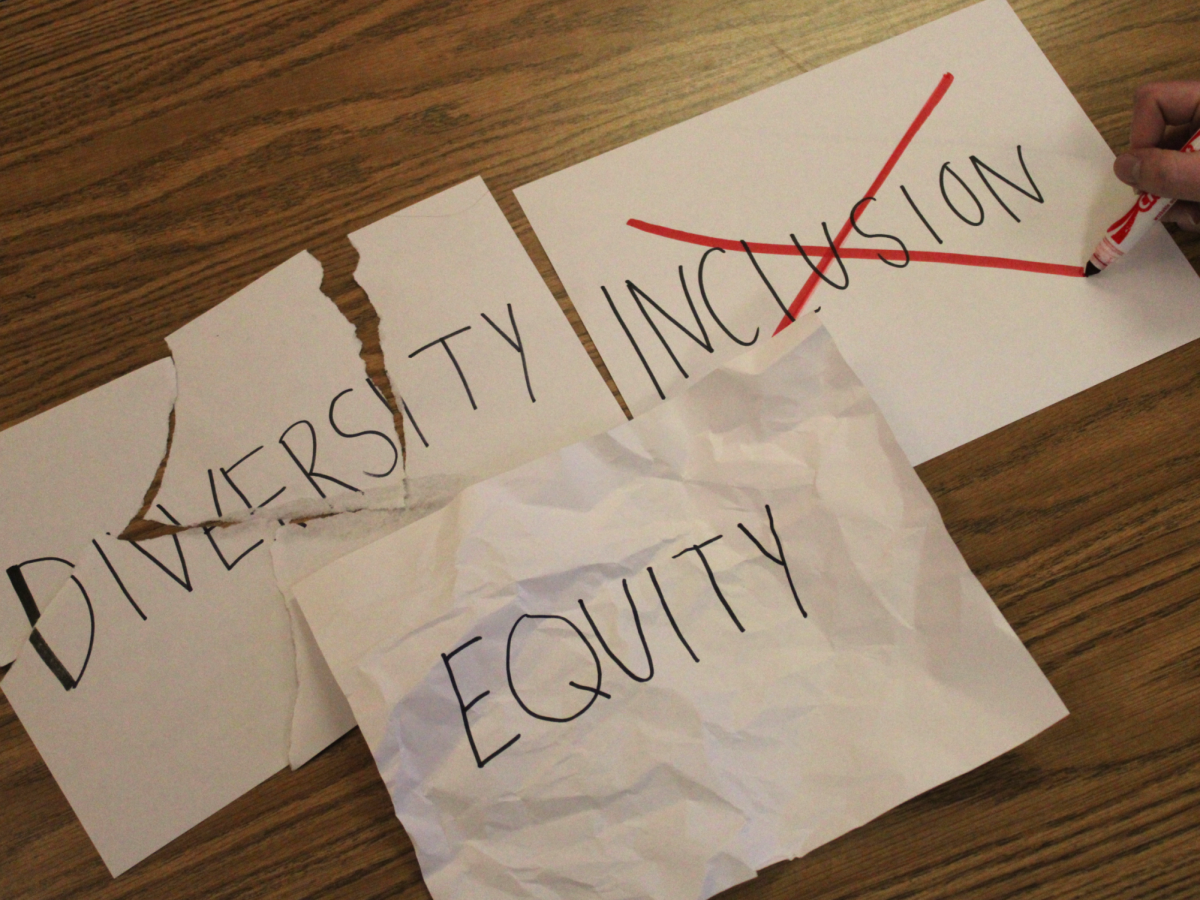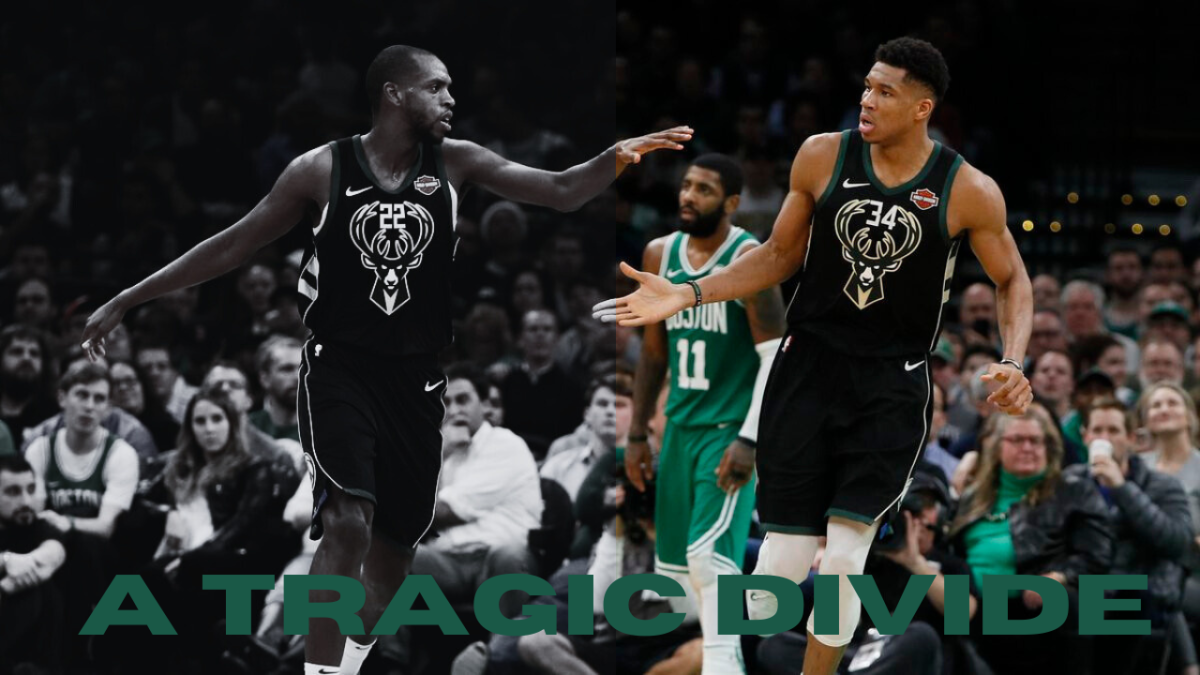With the recent conclusion to the 2024 summer Olympics, viewers raved over newfangled sports such as breaking and skateboarding. However, numerous fans advocate to see their passions included in the next series of games. A specific audience, for example, champions the idea of including ballet in the myriad sports offered. Opposers argue that ballet fits into the category of art as opposed to a sport, but the International Olympic Committee (IOC) should include ballet into the 2028 Olympics due to the athleticism dancers display, the rigor ballet provides and the rich history of the sport compared to other Olympic activities.
Though audiences may claim that the Olympics cannot quantifiably score ballet, due to its artistic — as opposed to sport-like — structure, the IOC can still create a system to score the dance style. Activities such as figure skating and artistic gymnastics score by assigning a numerical value to certain moves and deducting points for specific mistakes. These totals, based on a certain scale, result in the contender’s final score. Judges can alter this system for ballet by assigning specific move scores based on their difficulty and adding points based on how well the ballerina or ballerino executed the choreography — similar to the way judges score gymnastics. Though ballet enthusiasts consider the style an art, thus subjective and immeasurable, sports already included into the Olympic games prove otherwise.
“If ballet were in the Olympics, it should be scored similarly to gymnastics and ice skating. There’s a book of moves and techniques with a certain number of things in each category of technique required with a difficulty and style score. Many technique books and dictionaries that define steps and explain different schools of ballet already exist. It would be simple to turn all of these things into one source that would work as a scoring guide,” magnet senior Jax Evans said.
Foremost, the IOC should include ballet because these dancers exhibit utmost skill. From their copious hours of training, ballerinas and ballerinos equip themselves with the strength and muscularity to perform hours of challenging steps while still appearing graceful. Ballets typically last for two-to-three hours, so the dancers must stay on their feet for the entire performance, which typically takes place on pointe. Additionally, male roles usually task ballerinos to lift women in the air for partner work, which adds to the skill these athletes require.
Additionally, ballet presents extreme difficulty as it demands high levels of commitment from the dancers. Professional ballerinas generally dance six to seven hours each day to maintain technique and strength. Classes include ballet-intensive instruction, partner work or choreography for upcoming productions. Dancers dedicate their lives to continue growing in strength and technique, so the IOC should present ballerinas with international recognition by allowing the athletes to participate in one of the world’s highest-watched events.
Lastly, ballet possesses a dynamic history filled with different cultures and changes that outlast numerous other Olympic sports. With its foundation in 15th century Italy and the modern widely-recognized Vaganova technique originating in Russia, various countries have influenced multiple ballet styles and schools. Each of the various countries included in ballet’s history deserve a chance to shine on an international stage through the different studies, such as Bournonville, Cecchetti or Balanchine, inspired by these cultures.
Overall, the IOC should establish ballet in the 2028 Olympics in Los Angeles, USA. Though fans may argue that judges cannot measure an art, current Olympic sports display an opposing view. Ballet’s heavy demands, challenging vigor and abundant past prove the art worthy of a spot in the next Olympic games.
“I think ballet deserves a place in the Olympics because if things like gymnastics, ice skating and now breakdancing get a place then so should ballet. I think ballet requires definitely as much strength if not more than other sports do. We bend our bodies in crazy ways while balancing on top of our toes and have to look graceful while we do it,” Evans said.











